![]()
![]()
![]()
Use LEFT and RIGHT arrow keys to navigate between flashcards;
Use UP and DOWN arrow keys to flip the card;
H to show hint;
A reads text to speech;
21 Cards in this Set
- Front
- Back
|
In chemistry, what is the unit of measurement for mass?
|
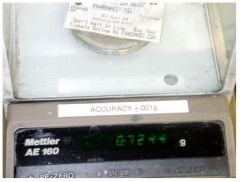
grams
|
|
|
In chemistry, what is the unit of measurement for length?
|

meter
|
|
|
In chemistry, what is the unit of measurement for volume?
|
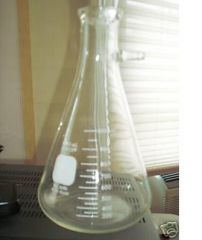
liter
|
|
|
In chemistry, what is the unit of measurement for time?
|
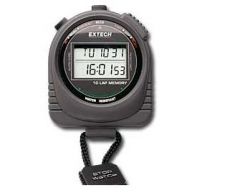
seconds
|
|
|
In chemistry, what is the unit of measurement for temperature?
|
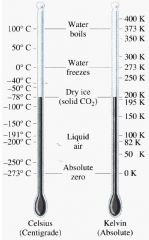
celsius/centigrade
or kelvin |
|
|
How many grams equals one kilogram?
|
1,000
|
|
|
How many grams equals one milligram?
|
1/1,000
|
|
|
How many grams equals one microgram?
|
1/1,000,000
|
|
|
How many meters equals one kilometer?
|
1,000
|
|
|
How many meters equals one centimeter?
|
1/100
|
|
|
How many meters equals one micrometer?
|
1/1,000,000
|
|
|
How many meters equals one nanometer?
|
1/1,000,000,000
|
|
|
How many liters equals one milliliter?
|
1/1,000
|
|
|
How many liters equals one microliter?
|
1/1,000,000
|
|
|
In the laboratory, what do we use to measure mass?
|
analytical balances
|
|
|
The analytical balances we use are accurate to what amount?
|
1/10 mg
e.g. 25.1458 |
|
|
What do we use to measure length?
|
rulers
|
|
|
When measuring lengths in centimeters, how should we estimate the lengths?
|
We should estimate one decimal place.
|
|
|
When measuring lengths in inches, how should we estimate the lengths?
|
We should estimate to the 1/32nd , then round to the hundredths place (in decimal form).
|
|
|
What four containers will we use to measure volume?
|
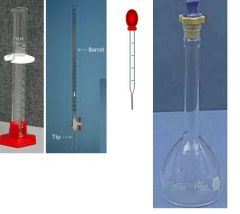
(in order)
Graduated Cylinder, Burette, Pipette, Volumetric Flask |
|
|
When measuring volume from a container, always make readings from the _____.
|

meniscus
|

